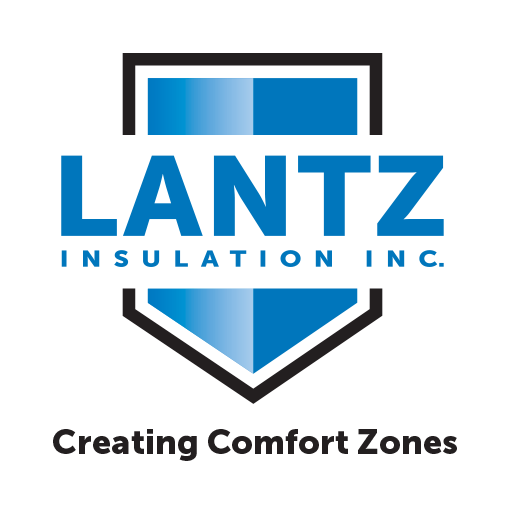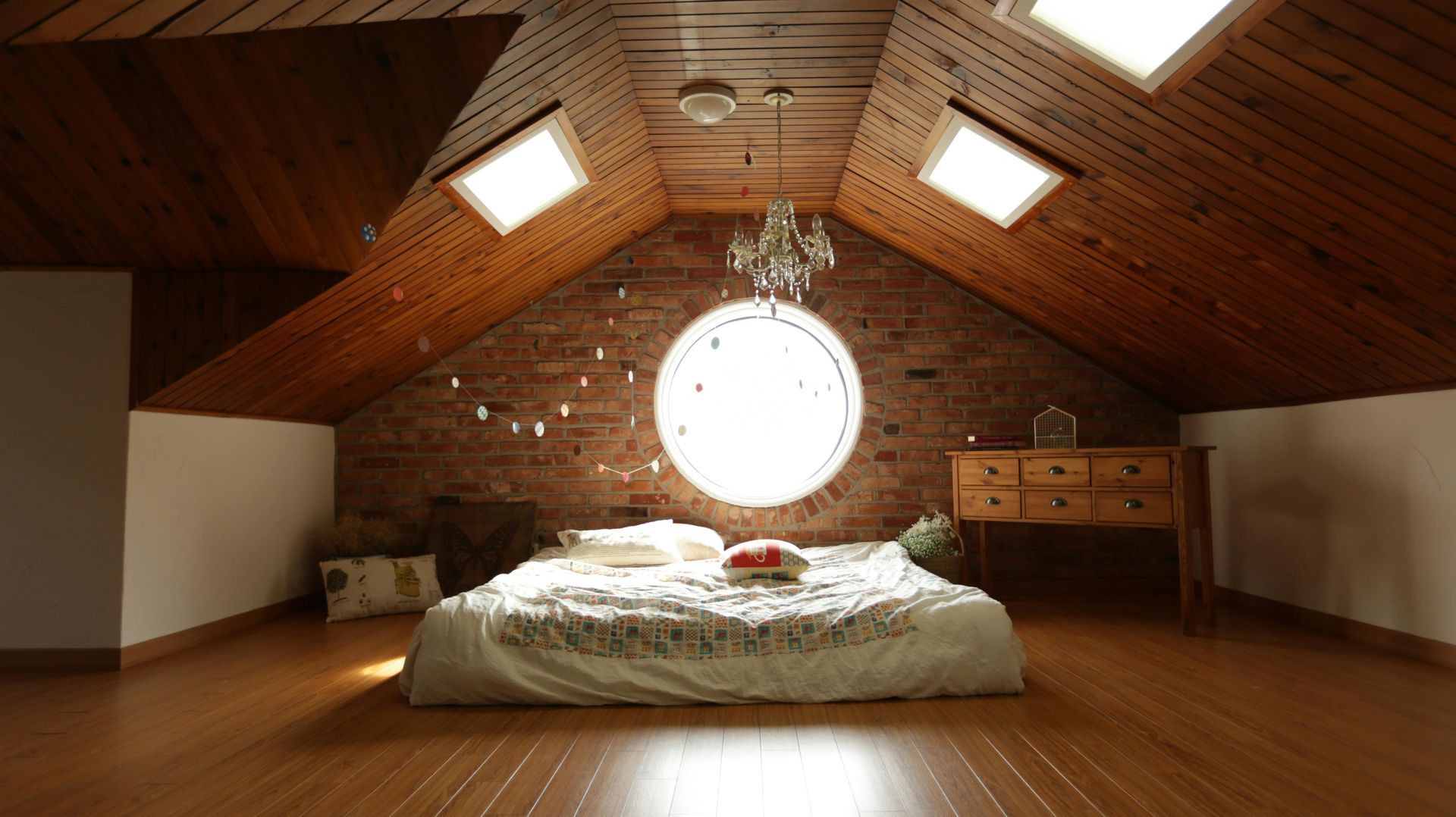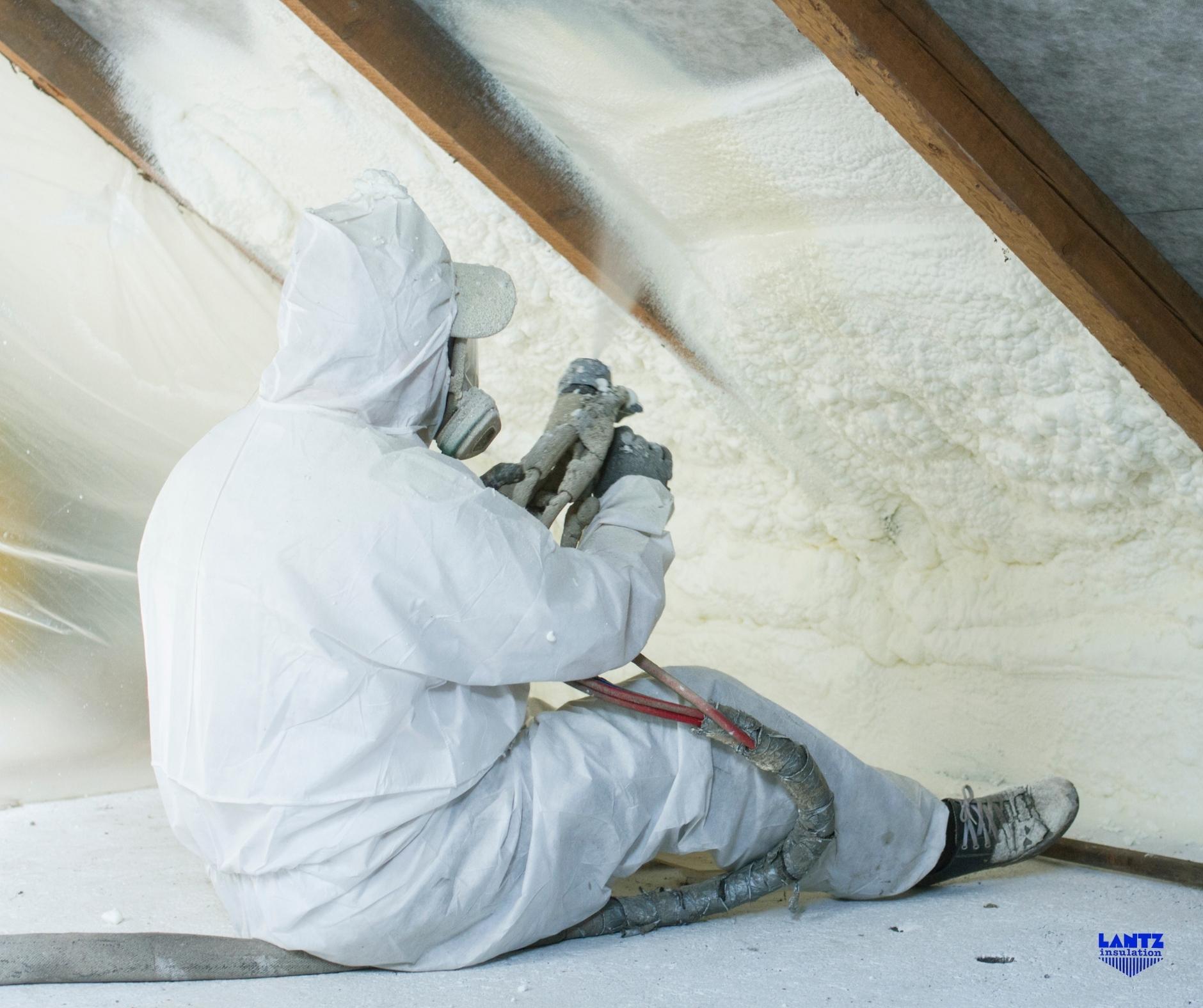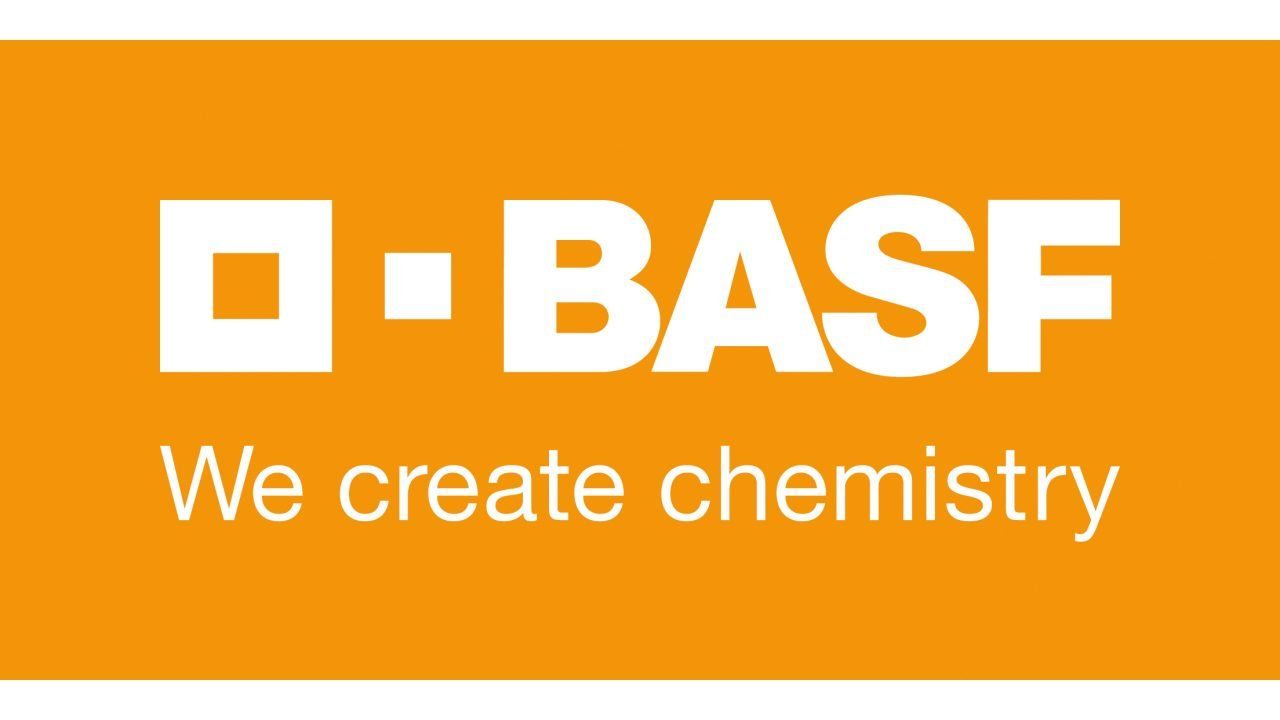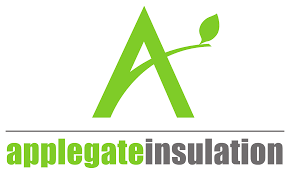Can You Add Spray Foam Insulation to Existing Walls?
Curious about installing spray foam insulation in existing walls? You’ve come to the right place! At Lantz Insulation, we know a thing or two about providing our customers with high-quality insulation and results. While we don't use spray foam insulation ourselves, we know about all the pros and cons that come with it.
We’ve created this guide on how to spray foam insulation in existing walls, giving you in-depth knowledge of the process and how to know if it’s time to spray foam in walls.
Our group of experts understands the importance of doing the job right the first time, and will exceed your expectations at every turn. We’re as invested in your project as you are and strive to deliver optimal outcomes that go above and beyond.
Continue reading to learn more, and contact us with any questions or to schedule a free estimate!
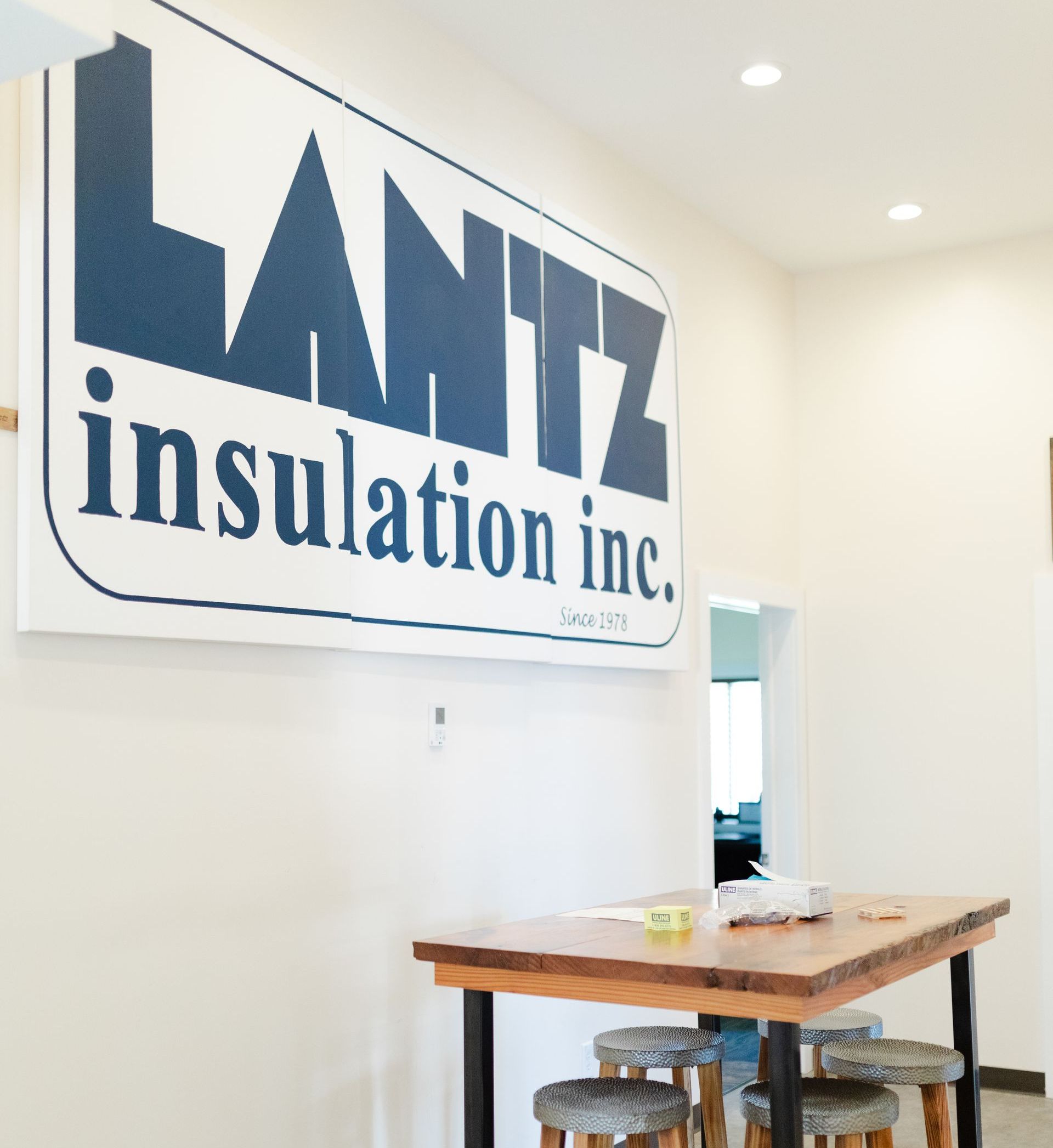
How to Add Spray Foam Insulation in Existing Walls
In order to install spray foam insulation in an existing wall, you start by creating several small holes—one inch in diameter or less—and inject the spray foam into the cavity of the wall. Then, the spray foam will begin to expand, filling all of the wall’s crevices.
When everything finishes expanding, the foam hardens and becomes a durable insulation material. Additionally, it adapts to
fit the contours of the cavity, ensuring complete and secure filling and sealing.
Before you start adding spray foam insulation to an existing wall, we recommend consulting with a professional like us, so we can provide advice tailored to your situation and get the best possible insulation solution.
When Should You Avoid Spray Foam in Walls?
While spray foam insulation offers numerous benefits, there are certain situations where it may be advisable to avoid using it in walls, including:
- Moisture Issues: If the existing walls have a history of moisture problems, such as water leaks or high humidity levels, spray foam insulation may not be the best choice. Moisture can become trapped within the walls, leading to potential mold growth and damage. Before applying spray foam insulation, it's important to address any underlying moisture issues and ensure proper ventilation.
- Structural Issues: If the walls have structural problems, such as significant movement, cracking, or instability, it is crucial to address these issues before installing spray foam insulation. The foam's expansion could exacerbate existing structural problems or hide underlying issues, making it difficult to identify and rectify them in the future.
- Electrical Wiring Concerns: When considering spray foam insulation, it is essential to ensure that electrical wiring within the walls meets code requirements and is properly installed. Improperly installed or inaccessible wiring can pose fire hazards or create difficulties when they need repairs or modifications.
Of course, you can address all these issues before foam insulation on existing walls and proceed with your project.
How Much Does It Cost to Foam Insulate Existing Walls?
The cost to foam insulate existing walls can vary depending on various factors such as the size of the area, location in the home or building, and thickness of the insulation.
It’s more expensive than other kinds of insulation, but its long-lasting design ensures it can last up to 80 years when properly applied and maintained! To find out more about the cost and other available options, give us a
call to schedule a free estimate.
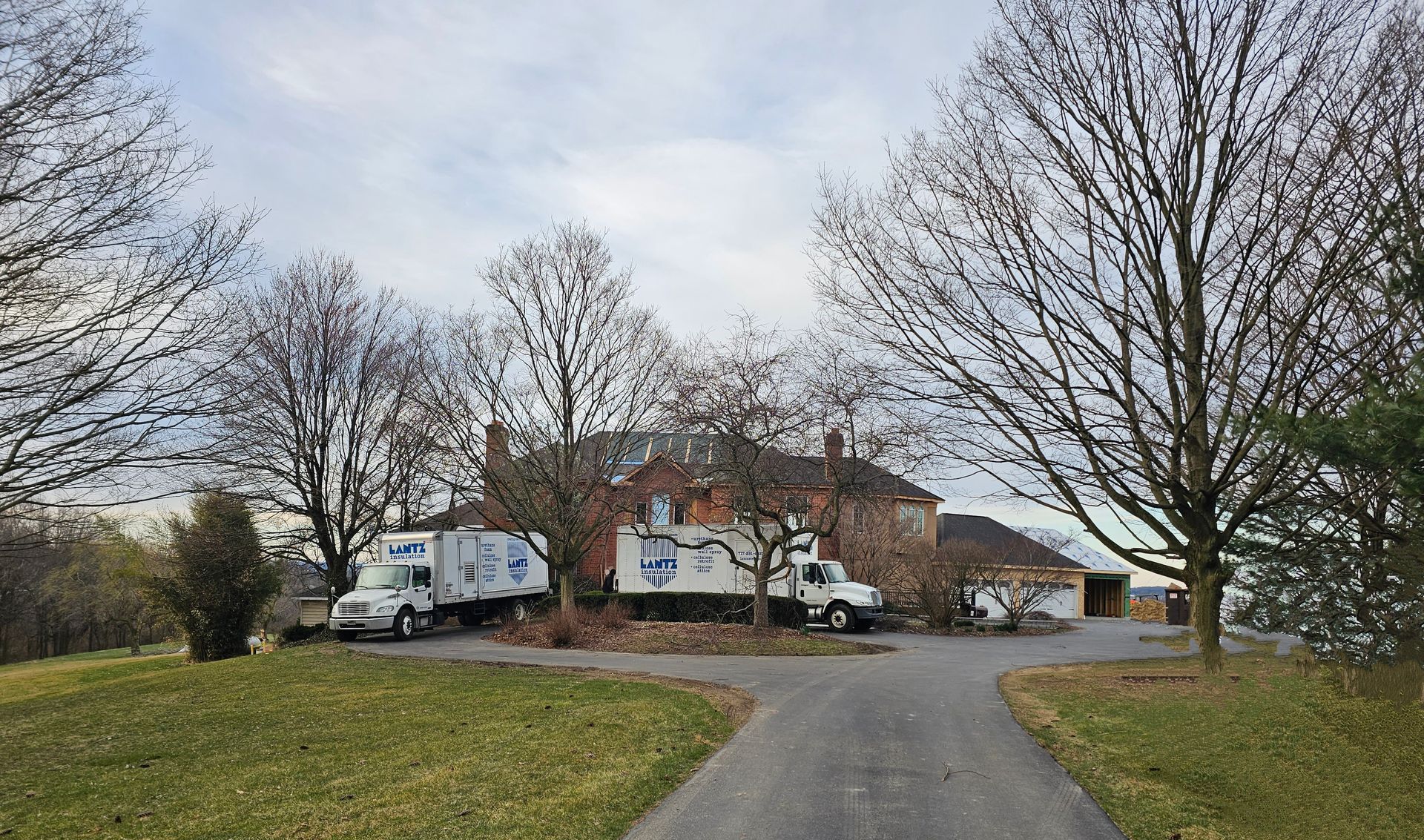
Advantages of Spray Foam Insulation
Spray foam insulation comes with a slew of benefits, some of which include:
- Enhanced Energy Savings: Spray foam insulation creates an airtight seal, reducing air leakage and preventing drafts. This helps minimize heat transfer, resulting in improved energy efficiency and reduced heating and cooling costs.
- Increased Comfort: By sealing gaps and cracks, spray foam insulation eliminates cold spots and hot spots in your home, providing consistent indoor temperatures and enhanced comfort throughout the year.
- Long-Term Durability: Spray foam insulation is known for its longevity. Once applied, it adheres firmly to the walls, maintaining its effectiveness for many years without sagging or settling.
If that wasn’t enough to make the case for spray foam insulation,
NASA’s Marshall Space Flight Center used this method for a launch vehicle stage adapter.
How We Handle Insulation in Existing Walls at Lantz
At Lantz, we don't use spray foam insulation for existing walls, instead we retrofit cellulose insulation as our go-to solution. We find that for most of our customers, retrofitted cellulose works well to maximize insulation in existing wall cavities while minimizing any complications that may arise from hardening foam in those cavities. For example, cellulose contours nicely around any existing pipes, wires, or other materials for a tight yet flexible seal.
We create 2 to 2-inch holes in each cavity, which are then strategically placed throughout the wall or attic to ensure proper coverage and distribution of the insulation. The holes are sealed after the insulation is installed.
Retro-fit cellulose, which we specialize in here at Lantz Insulation, refers to the process of adding cellulose insulation to existing structures or retrofitting insulation in walls, attics, or other areas. Cellulose insulation is made from recycled paper and treated with fire retardants, making it a sustainable and environmentally friendly option.
Benefits of Retro-Fit Cellulose
As with spray foam insulation, retro-fit cellulose insulation has an array of advantages, such as:
- Energy Efficiency: Retro-fit cellulose insulation, when installed in walls, ceilings, or floors, can help reduce heating and cooling costs. It provides excellent thermal performance and helps maintain a consistent indoor temperature.
- Cost Savings: By improving the energy efficiency of a building, retrofit cellulose insulation can lead to significant cost savings on utility bills over time.
- Soundproofing: Cellulose insulation is known for its sound-absorbing properties. When used in retrofit applications, it can help limit exterior noise intrusions as well as reduce noise transmission between rooms.
- Eco-Friendly: Retro-fit cellulose insulation is typically made from recycled paper, making it an environmentally friendly choice. It helps reduce landfill waste while providing effective insulation.
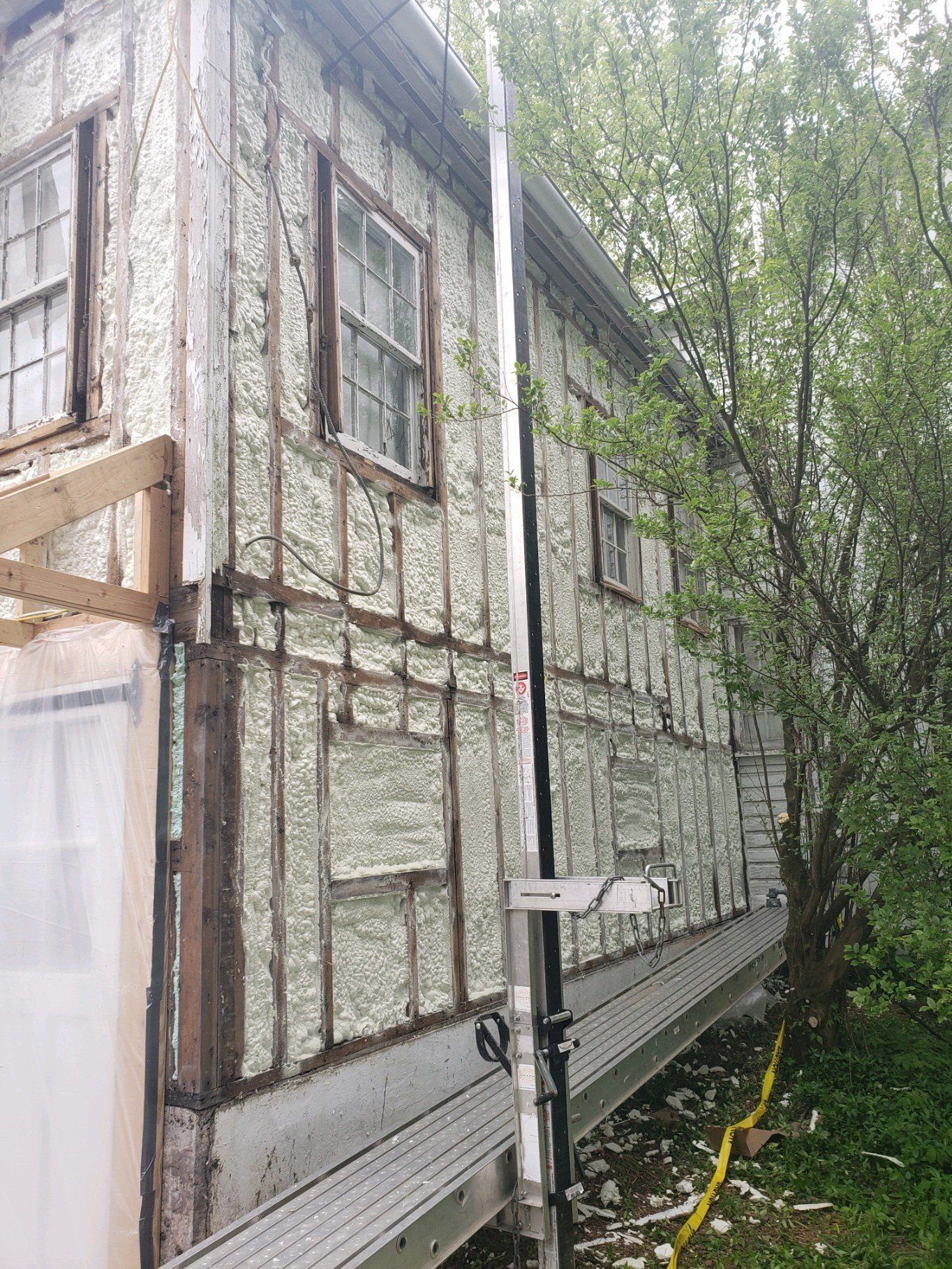
Trust the Spray Foam Professionals at Lantz
Existing wall spray foam insulation is a very effective technique that will help in a variety of ways, including comfort, durability, and lowering the carbon footprint. Spray foam insulation in existing walls is a viable option with many advantages.
Equally advantageous is retro-fit cellulose insulation. When you think installing this type of insulation is the next step for your home or business, you can rely on us at Lantz Insulation for our exceptional finished products. Our team of skilled professionals combines their years of experience, top-tier equipment, and passion to get the job done efficiently and effectively—every single time.
We’ll guide you through each stage of retro-fit cellulose insulation installation so you can be confident your home or business is properly safeguarded. Reach out now with any questions!
